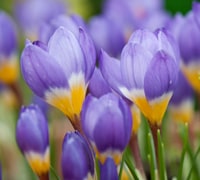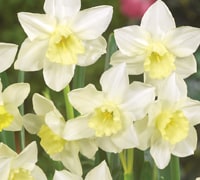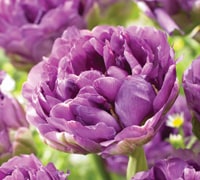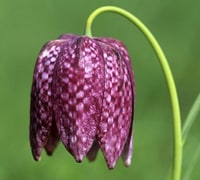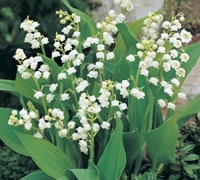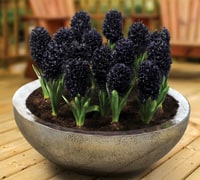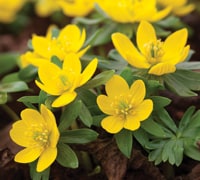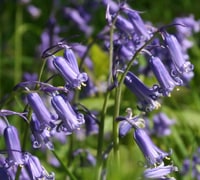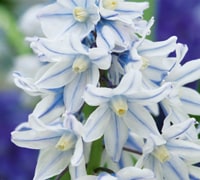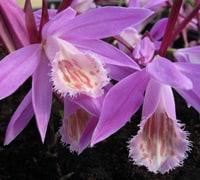Lots of varieties of red flowers you must know that captivate your eyes. So lovely 27 red flowers!
A popular Christmas plant, amaryllis are versatile—they do well in flower beds, borders, edgings, and containers. For a longer flowering period, plant bulbs at intervals of 1-2 weeks.
Gerber Daisies
Gerber daisies (also called Gerberas) come in a variety of beautiful colors, but the reds are particularly gorgeous, with ray-like petals around a stunning golden-brown center.
To enjoy flowering from early to late spring, plant tulip varieties with different bloom times.
Cockscomb, a fall-blooming flower, gets its name from its likeness to a rooster's head (the "cock’s comb"). Though it's traditionally grown in the red color pictured here, it's also available in yellow, pink, and white.
Freesia
Freesia, a beautiful night-blooming flower features trumpet-shaped petals and comes in a variety of different colors—including red, mauve, and purple.
Yarrow
Also known as echinacea, this collection of flower is a popular, easy-care perennial that blooms in the summertime. It's great for attracting pollinators—and the petals, leaves and roots can also be used to make herbal tea.
Dahlia
Red Marigold
Marigolds can range from pale yellow to a deep, russety red. If you're looking for all-red varieties look for 'Durango Red' or 'Red Charm.' Bonus: They're very easy to grow.
Hibiscus
Anthurium
A great choice for the novice plant owner, anthurium's heart-shaped leaves can last for months and will re-bloom year round with proper care. We also love them as indoor plants!
Cardinal Flower
Anenome
Begonia
Though this shade-tolerant annual is fairly easy to grow, begonias can still be needy: Remove dead flowers, leaves, and stems daily for the plant to truly thrive.
Red Sunflower
Unlike some of the other varieties, red sunflowers do not grow naturally in the wild. Their striking color is a result of breeding.
Camellia
Alabama's state flower blooms in winter. The shrub prefers partial shade and consistently moist, rich soil.
Camelli
Pentas
Among the most popular rhododendrons, low-maintenance azaleas love acidic, well-drained soil. But they can tolerate a wide range of shades and temperatures.
This easy-going, early summer-blooming perennial loves shade and moist, well-drained soil.
Also known as mums, chrysanthemums are a fall garden must-have and produce pom pom and daisy-like blooms.
This ornamental perennial can grow up to four feet high and bears blooms that smell like fresh pineapple.



























